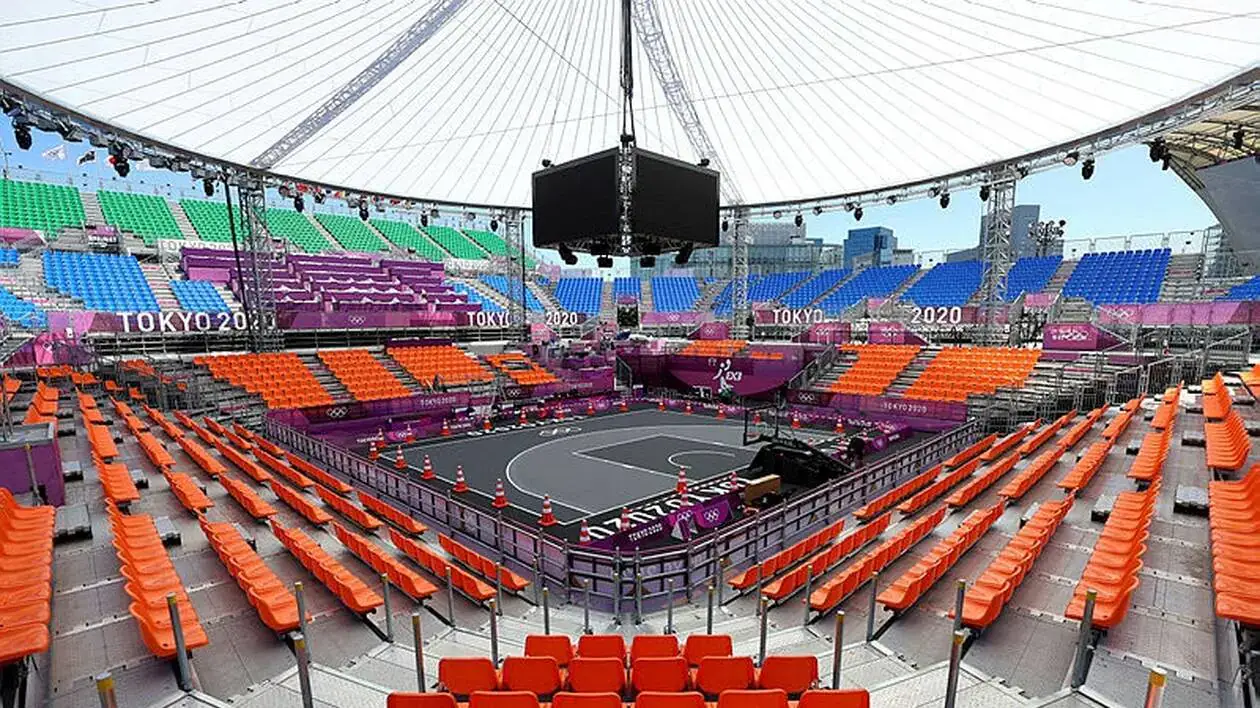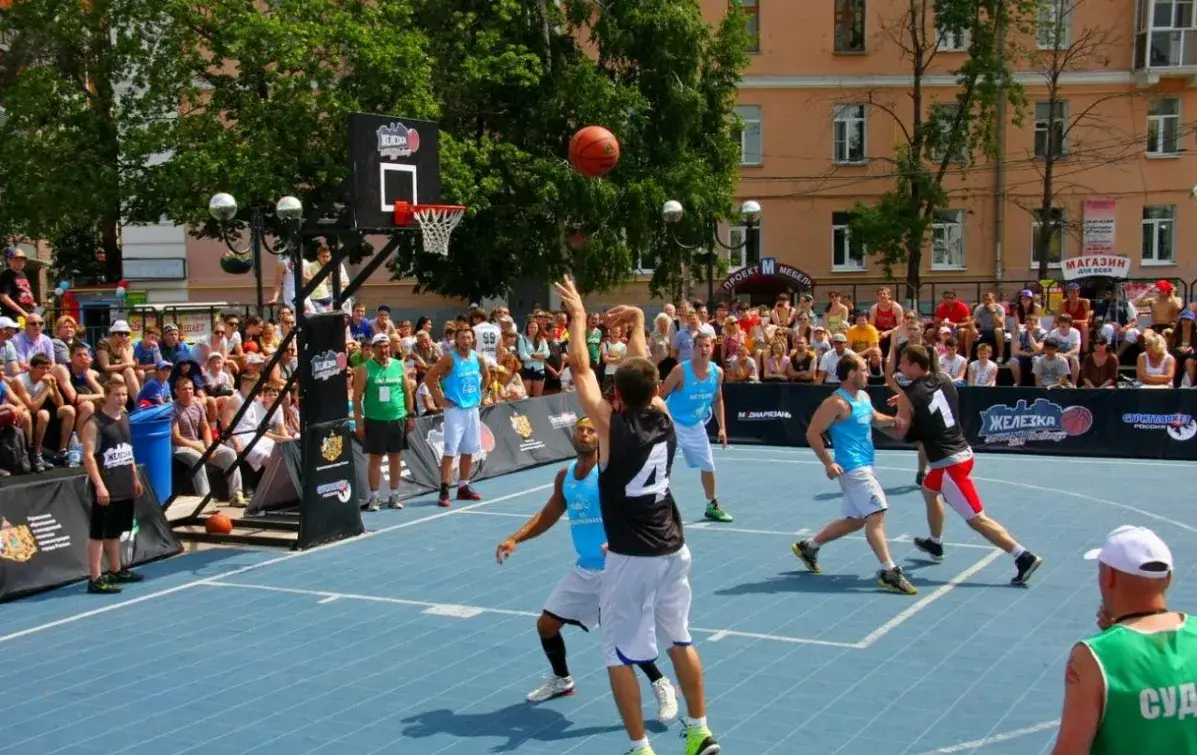The hall of basketball legends continues to hide old misconceptions in its corners. Myths about basketball have taken root so deeply that some continue to build training sessions based on false schemes. Exposing these stereotypes opens the way to real progress, not just treading water.
Tall Height Guarantees Success
Myths about basketball often glorify height as the main ticket to the elite. In reality, the court remembers dozens of stars under 190 cm who outperformed giants. Height helps, but technique, speed, and decision-making win games.

On the court, quick players with a low center of gravity score points through instant bursts, accurate shots, and ball control. Basketball stereotypes underestimate the power of methodology, discipline, and analysis. Tall height without developing skill turns a basketball player into a bench decoration.
Strength is More Important Than Accuracy
Basketball myths create the illusion that a strong shot guarantees a basket. In real games, strength loses to technique. A weak but perfectly calculated shot scores points, while a powerful shot often bounces off the rim into nowhere.
World-class basketball training focuses on shooting accuracy in stressful situations. Emphasizing coordination, balance, and distance calculation yields better results than mindless work with heavy balls.
Basketball is Only Suitable for the Young
Basketball players often peak in form at ages 30-35. Professional routine, quality nutrition, and thoughtful recovery allow achieving peak performance after 25.
A team with experienced players wins through psychology and strategic thinking. It is important to maintain a balance between rest and workload, rather than relying solely on youth.
Daily Training Guarantees Success
Without quality recovery, progress stagnates. A coach with an understanding of physiology always includes rest days, adequate sleep, and adaptive sessions in the schedule.
Excessive gym workouts without analyzing current results and indicators lead to overloads and decreased effectiveness. It is more important to regularly adjust the technique and tailor the loads to individual characteristics.
Success Depends Solely on Talent
Stereotypes romanticize innate abilities. Statistics from professional leagues show that discipline, methodical work, and a clear training plan yield results more often than spontaneous bursts of talent.
A coach tracks progress based on specific numbers: shooting percentage, endurance, decision-making speed. Basketball myths do not consider that mastery is built on years of routine, including analysis, corrections, and detailed error work.
Nutrition in Sports – Secondary
Stereotypes continue to underestimate the role of nutrition. Diet directly affects energy levels, recovery speed, and concentration. Professional teams work with dietitians to calculate the amount of proteins, fats, carbohydrates, and water.
Example: a lack of potassium and magnesium reduces shooting accuracy, while a carbohydrate deficit decreases speed on the court. Rational sports methodologies always integrate nutrition into daily routines.
Sleep Does Not Affect Results
Misconceptions often ignore the impact of sleep on athletic performance. Scientific research data confirm that reducing sleep by two hours decreases shooting accuracy by 9% and reaction speed by 10%.
The gym builds muscles, but full sleep restores the nervous system, enhances discipline, and accelerates progress. The best coaches include sleep monitoring in daily analysis.
Basketball Develops Only Physical Strength
Misconceptions limit this sport to physical activity boundaries. In reality, the sport shapes a winner’s psychology. The game requires instant decision-making, high levels of concentration, and stress resilience.
The team wins when each member controls emotions, quickly adapts to changes, and maintains composure in tense moments. Developing psychology through game situations, methodical error analysis, and mental training is part of professional preparation.
Basketball – Only a Team Sport
Misconceptions often emphasize only the team format, forgetting about individual responsibility. The winning team is where each individual develops independently: perfecting shots, practicing passes, increasing speed.
Team play is based on the mastery of each player. A player who does not work on personal technique hinders overall progress. Basketball training includes personal goals without which the overall result is impossible.
Monotonous Training is Effective
Stereotypes erroneously magnify the repetition of the same exercise. The methodology requires variety: incorporating non-standard scenarios, changing pace, using balls of different weights, and working with different hoop heights.
Diverse basketball training stimulates new neural connections and improves overall adaptation. Monotony hinders progress and reduces motivation.
Main Mistakes Related to Basketball Myths: Breakdown by Points
Stereotypes create false benchmarks that hinder development and reduce the effectiveness of the training process. Players and coaches continue to rely on outdated approaches, wasting time and missing real growth opportunities. Common mistakes include:

- Focusing on height, ignoring technique.
- Emphasizing strength over accuracy training.
- Doubting the capabilities of mature players.
- Excessive loads without adequate rest.
- Overestimating innate talent.
- Neglecting proper nutrition.
- Ignoring the importance of sleep and recovery.
- Reducing basketball to just physical activity.
- Focusing on teamwork without personal development.
- Monotonous training schemes without adaptation.
Each of these points distorts the real picture and hinders unlocking potential. Dispelling basketball myths allows for effective preparation and achieving consistent progress.
Conclusions on Basketball Myths
Basketball myths continue to influence training approaches, but real progress requires deep analysis, diverse methodology, and a systematic approach. A team that builds development based on specific indicators and objective data achieves the best results. A quality gym creates conditions for effective routines, and a coach who adjusts methodology considering physiology and psychology ensures sustainable progress. Stereotypes give way to precise numbers and a competent approach.
 en
en  ru
ru  de
de  ar
ar  es
es  hi
hi  fr
fr  nl
nl  it
it  pt
pt  el
el 



